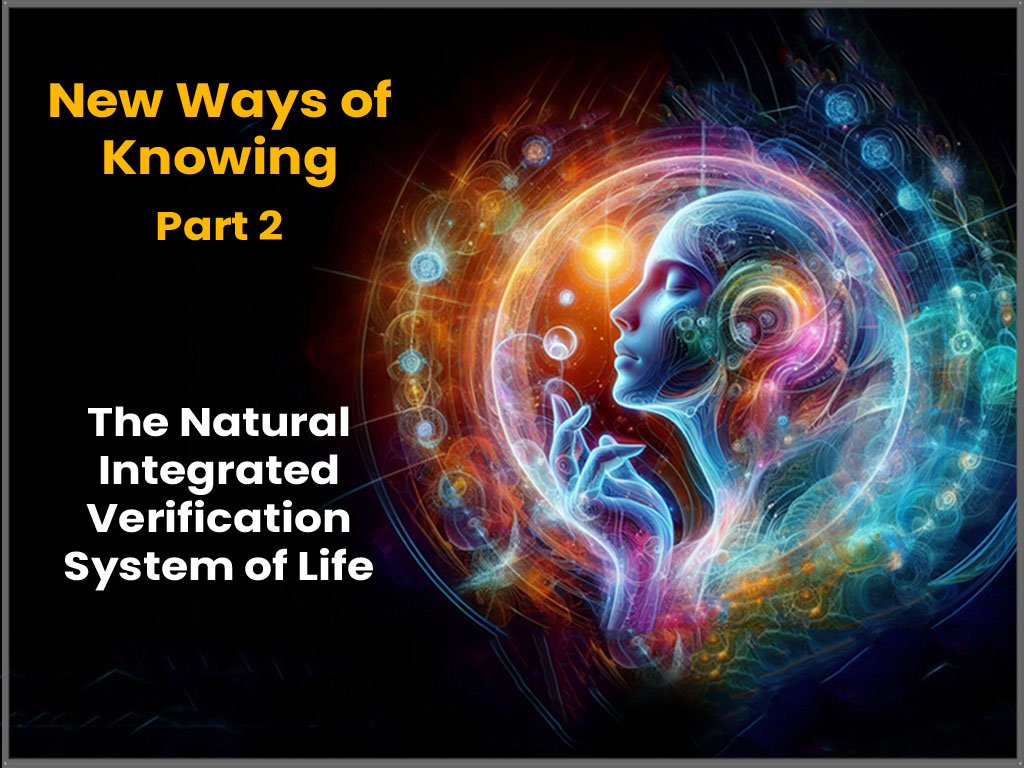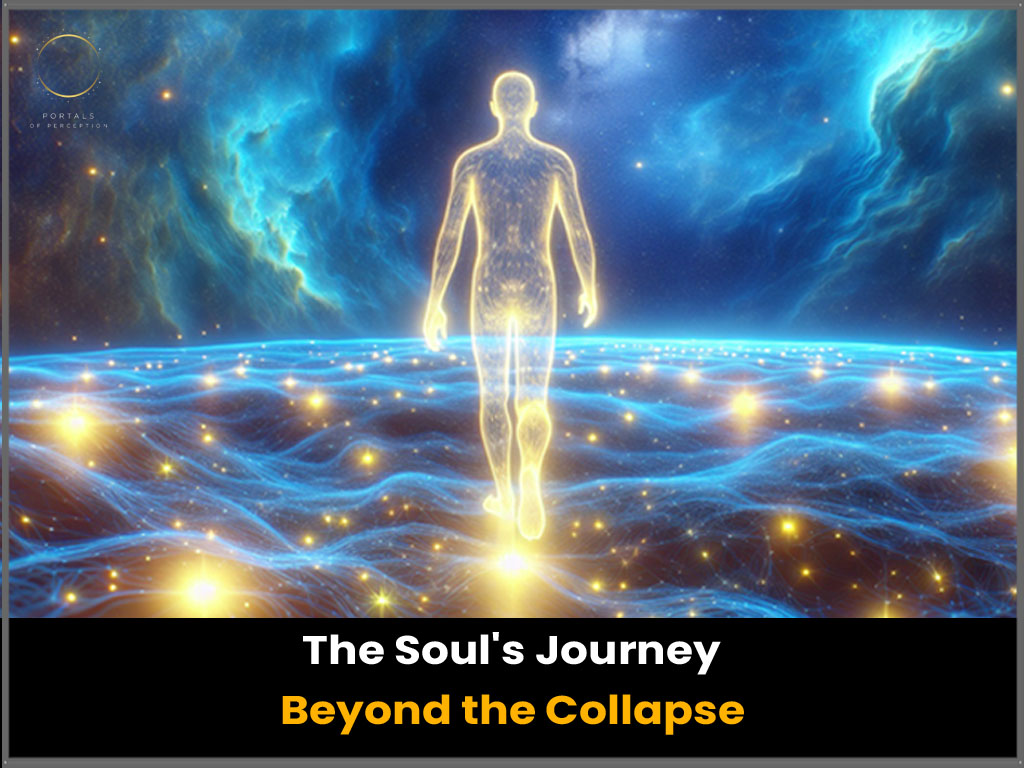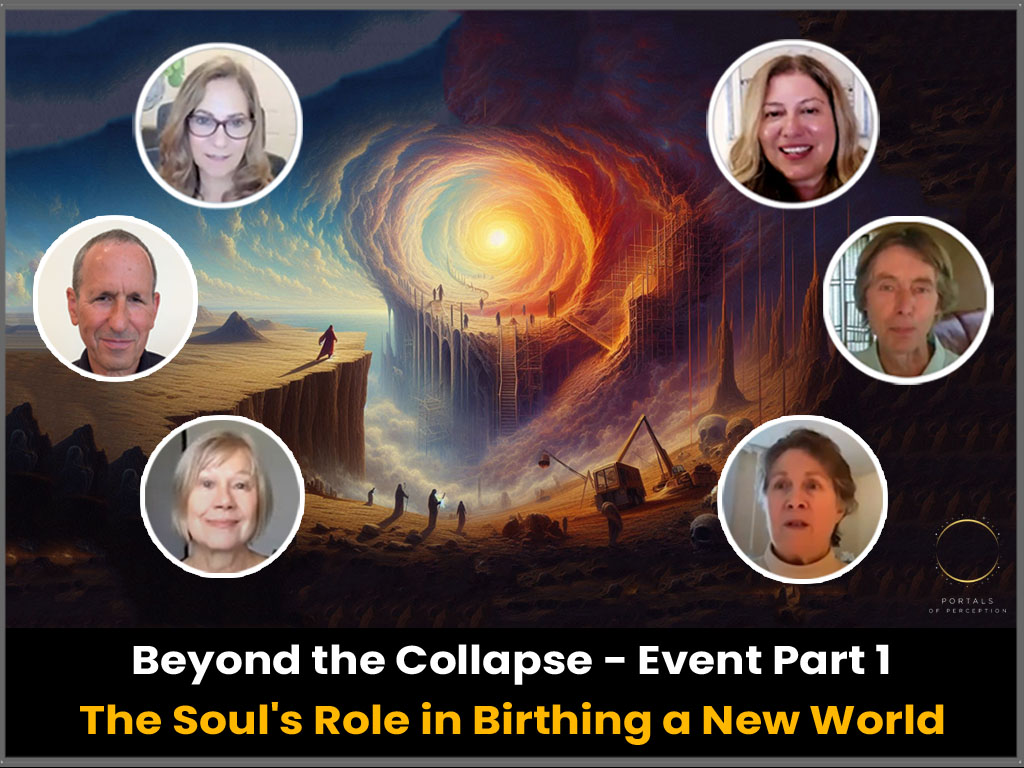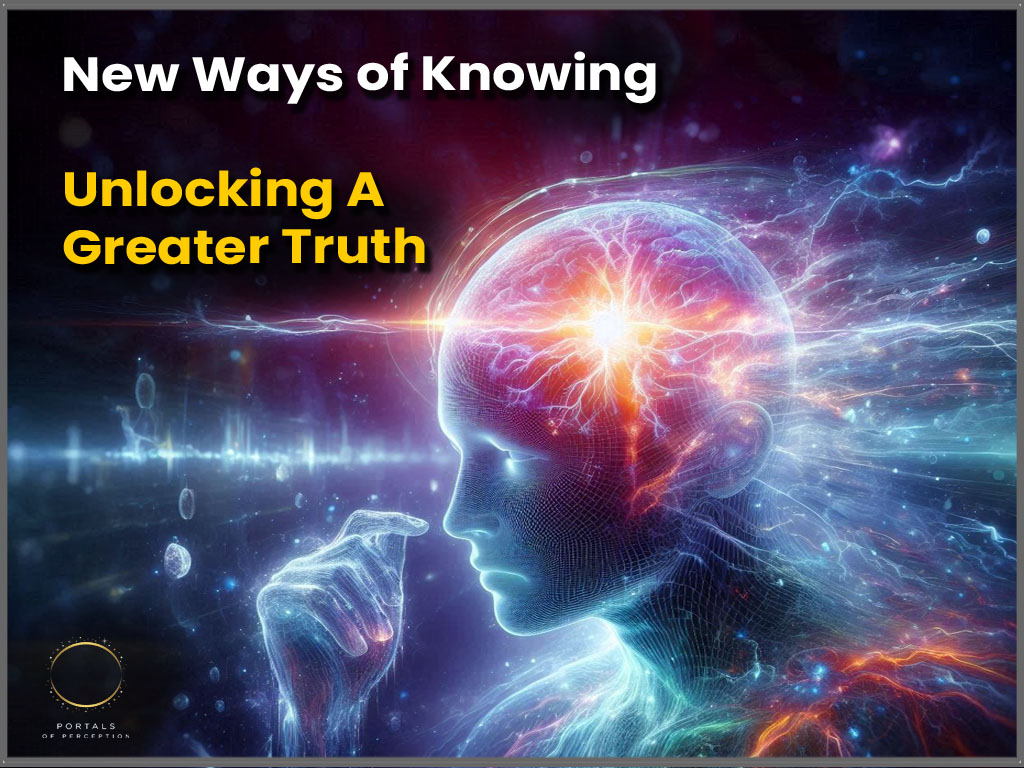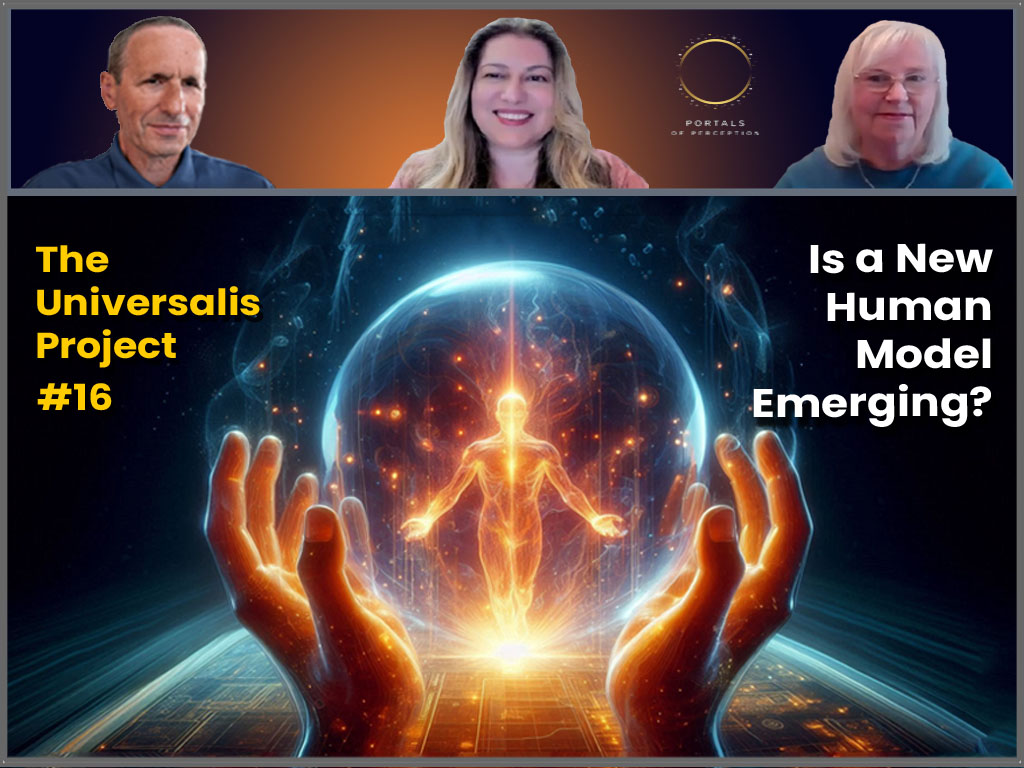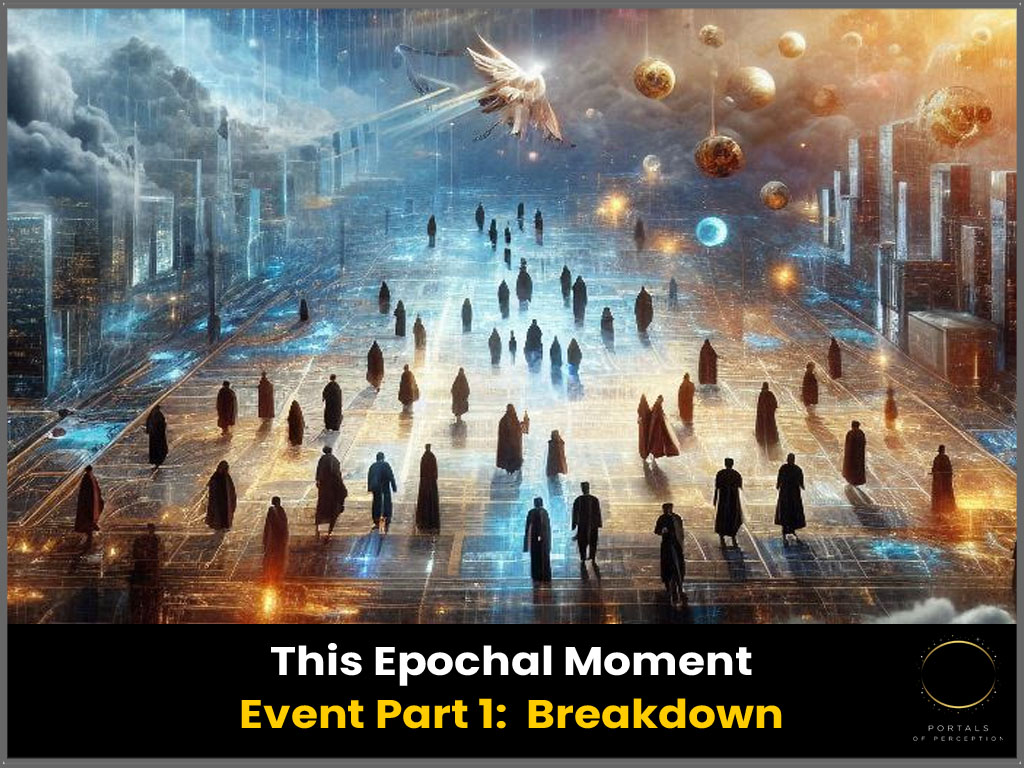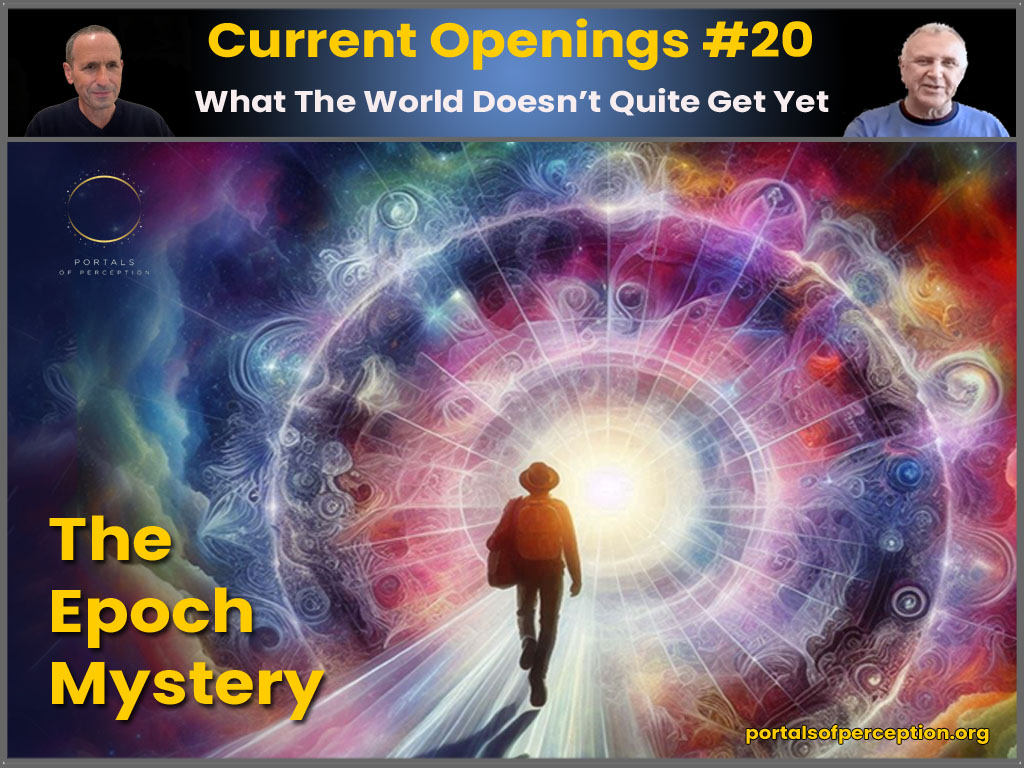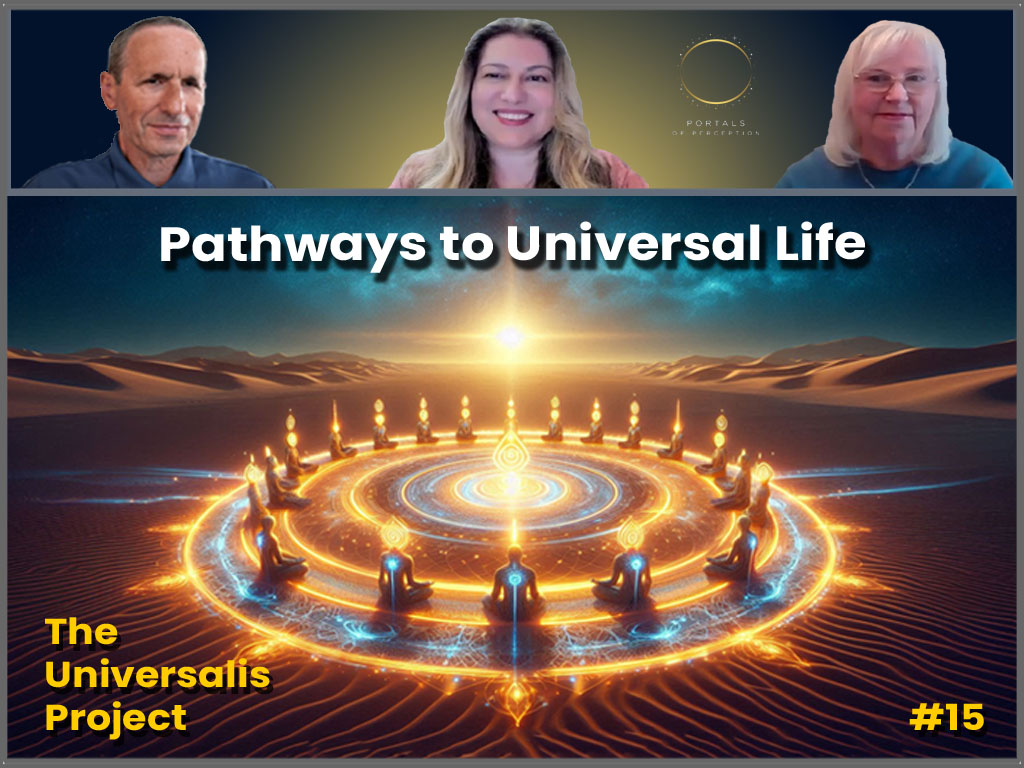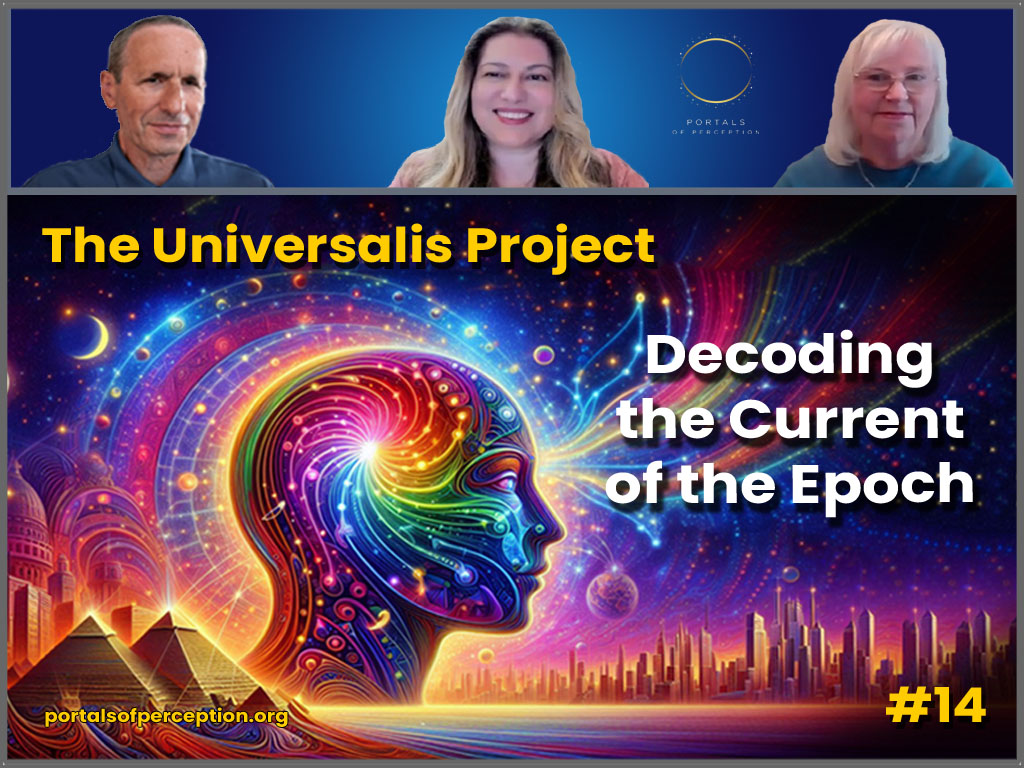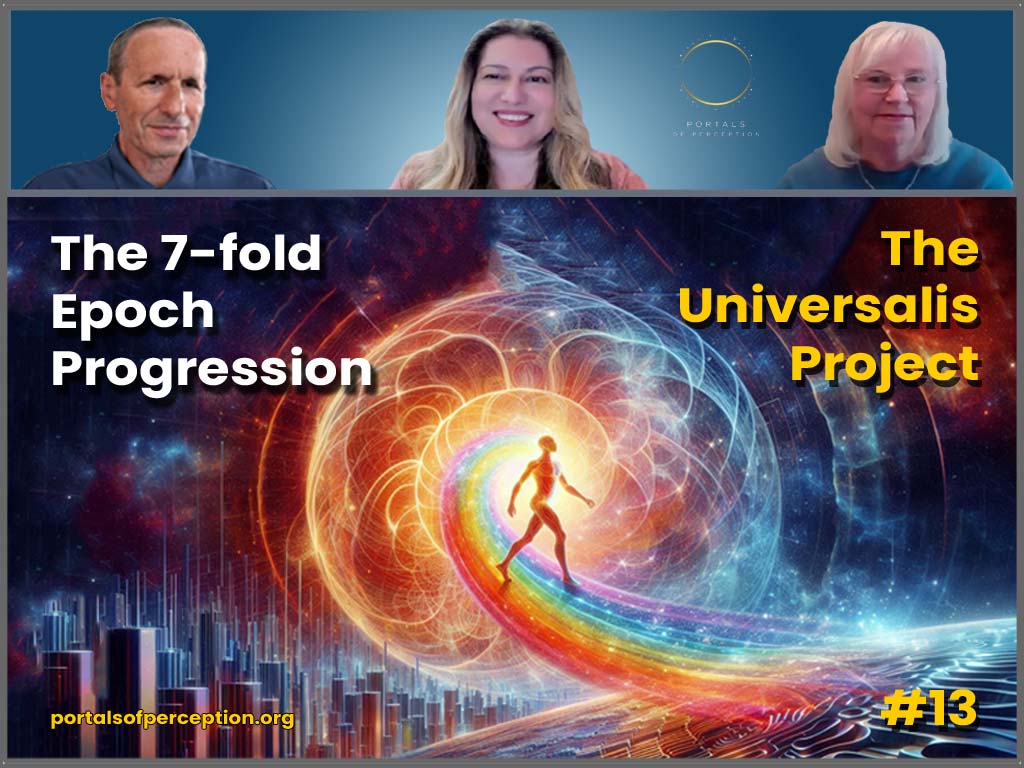
- 00:00 Introduction
- 1:20 What is a next generation leader?
- 9:30 The power of art
- 18:50 How can we make activism sustainable?
- 34:12 Is ‘taking to the streets’ still effective?
- 44:45 The different paths to transformation
- 56:24 Activism in business
- 1:09:10 ‘Us’ vs. ‘them’ doesn’t work
- 1:38:02 Finding the passion
Acts of activism are easy to find — often deeply moving and inspiring, sometimes violent and unsettling. In the streets, in houses of worship; workers, artists, and students; all ages, any place in the world. People and communities with their voices, action, and creative energy are calling for change.
At the same time, the world is more polarized, with more ecological, cultural, and economic degradation than at any time in decades. Multiple global crises appear to be deepening and accelerating. Some people may wonder if today’s activism, made more accessible and influential through digital media, shouldn’t be making more of a difference.
So it’s fair to pause and ponder if it’s time for a new appreciation and awareness of the possibility and place of activism on the road to change and transformation. Portals brought together a group of next generation leaders familiar with activism and art to do just that.
Activism begins with a passion and a real desire to change some aspect of life. It can be big or small; a simple act of kindness can transform a life. Can an activist impulse and state of mind become a sustainable part of living? What is the role of art in inspiring action?
Our leaders and artists had a few thoughts:
• Since activism is about movement, you do not want to end up in a place that's balanced and complete and settled.
• We’re beginning to frame activism as an impulse that shapes society rather than the narrower definition of demonstrating in the street.
• Art finds ways to help people connect to themselves and to their needs; to create a space of reflection without imposing a solution or an answer.
• There can be an implementation gap; being active causes me to feel good but not follow through and make real change in my life.
• Imagery and language have power; being able to catalyze telling your story to compel people to see new imagery can be a powerful catalyst for change.
This conversation is part of the continuing Portals discovery into what is emerging on the frontiers of human experience in this time of profound change. Information about upcoming special events can be found on the Events page. Also visit and subscribe to our YouTube channel.
The important part is the listener or the viewer plays an active role in the creation of art and, in a way, I think these aspects specifically connect to activism. The only way to change the world structurally is everyone needs to come from their own spots, their own taking of responsibility, rather than being led only by ideas externally.




